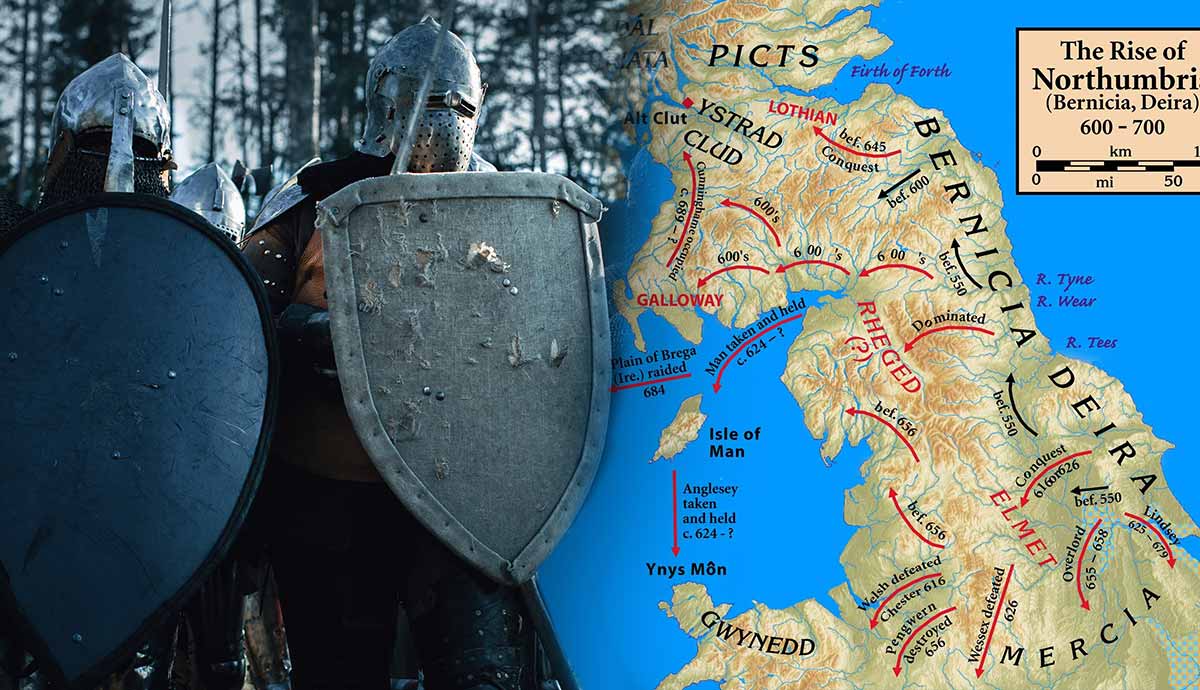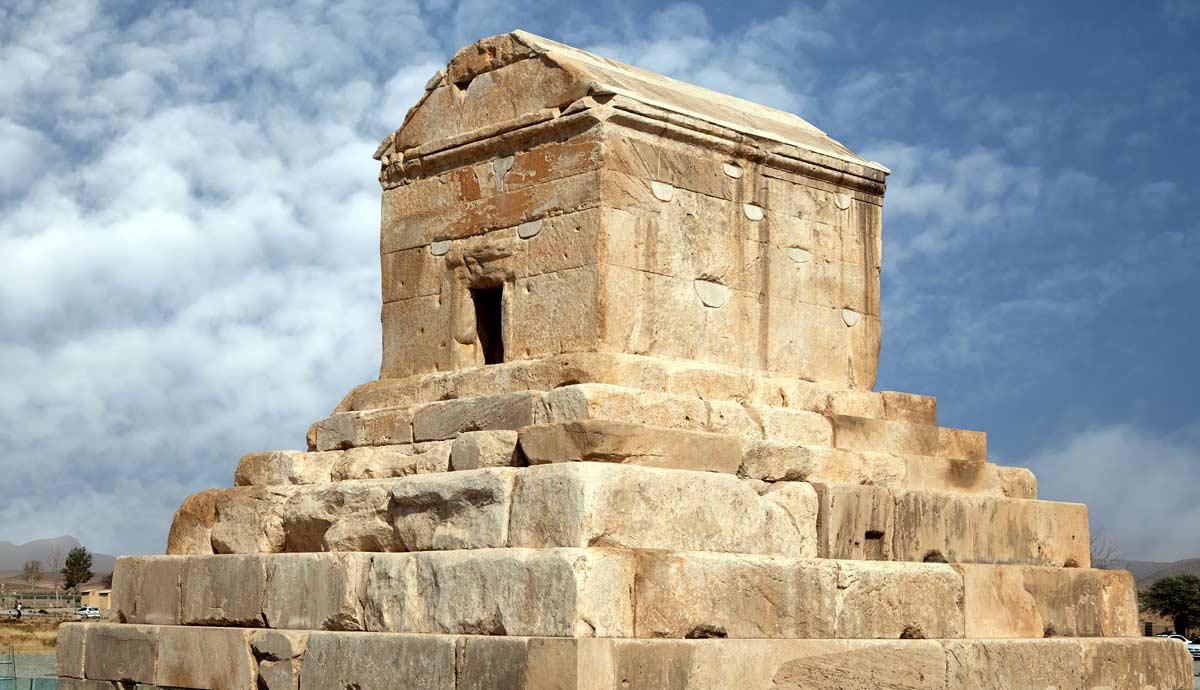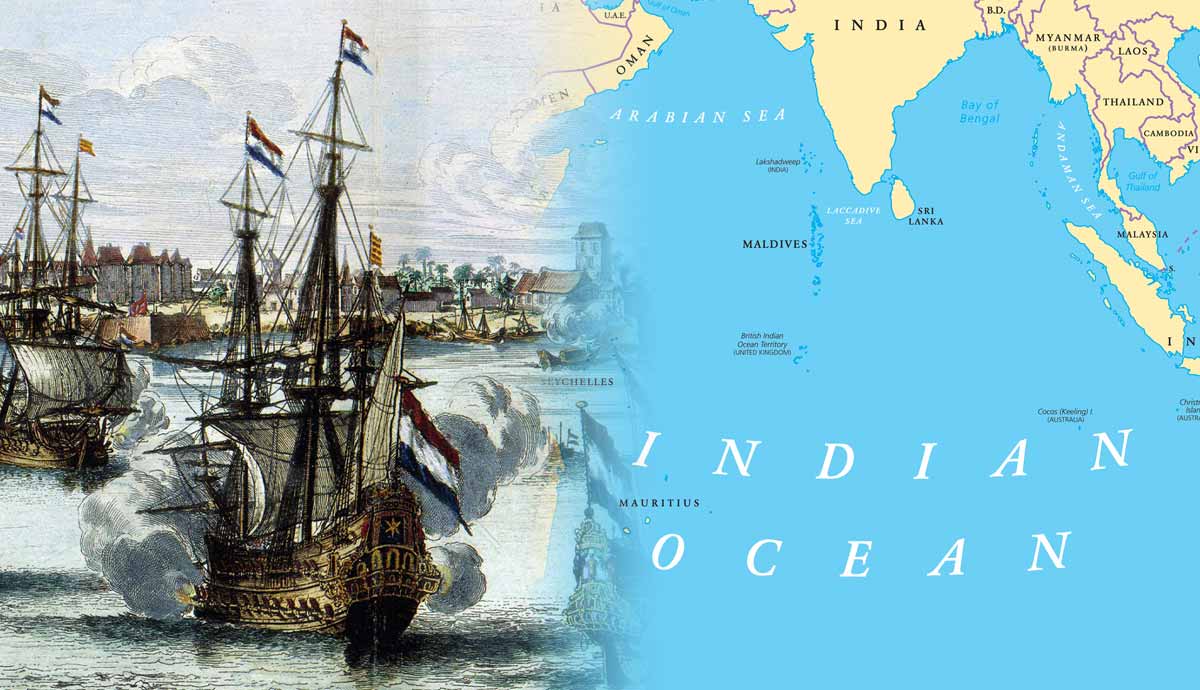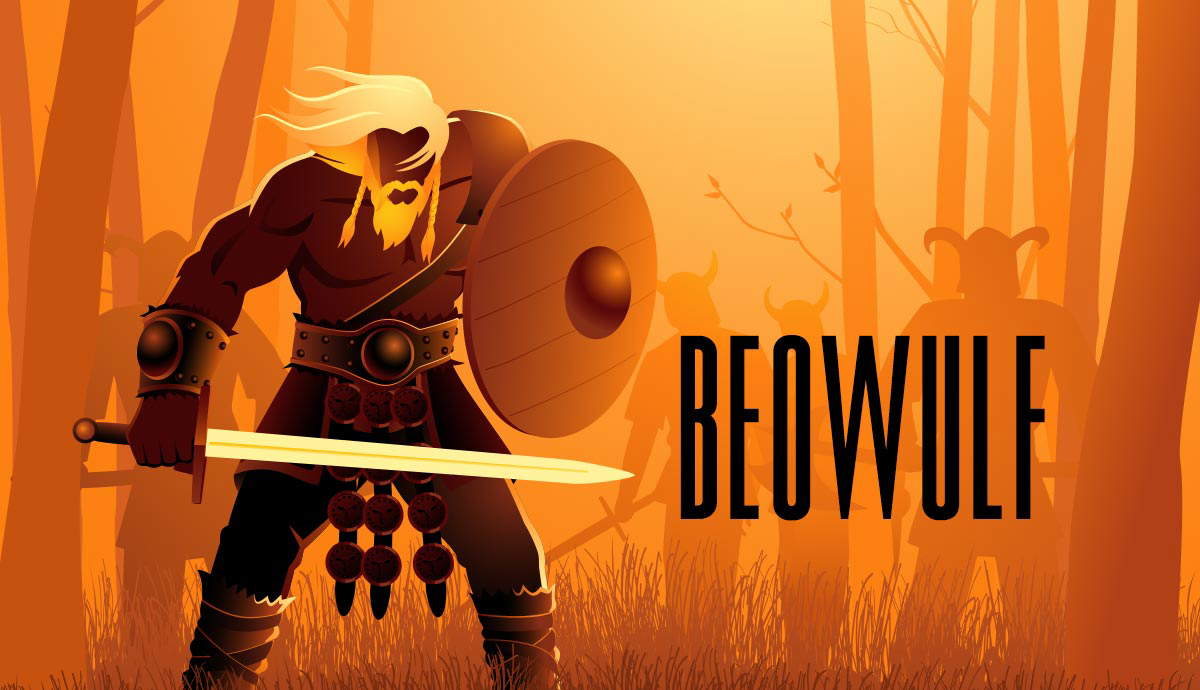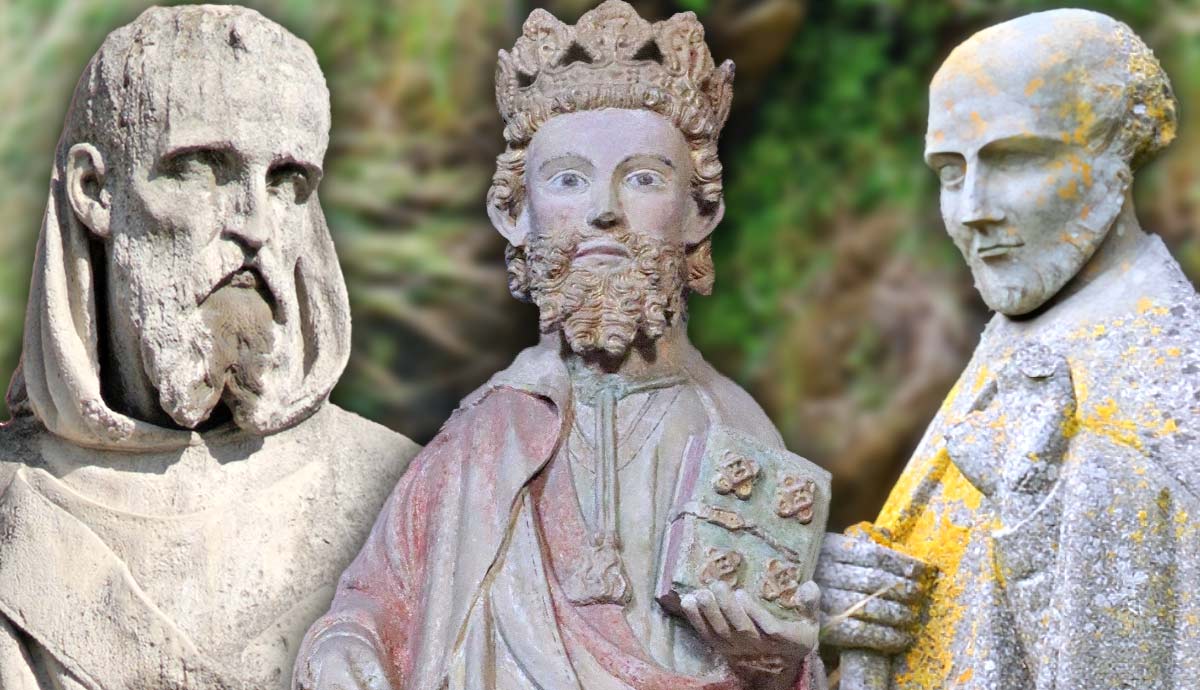
summary
- The Arthurian Legends are set in 6th-century Britain when the Britons were repelling Anglo-Saxon invasions.
- The stories mostly date from the 9th century onwards, though there are passing references to relevant figures in earlier sources.
- Some characters in the legends can be identified as real historical figures, suggesting that the legends are based on historical events to an extent.
The Arthurian legends introduce many fascinating characters, including the selfless King Arthur with his magical sword, the chivalrous Sir Lancelot with his scandalous love affair with Guinevere, and the magician Merlin, possibly a son of demons. As we focus on these lead characters and their fantastical lives, some more mundane characters fade into the background. But some of these background characters can be identified as real historical figures who lived in 6th-century post-Roman Britain. Which characters from the Arthurian legends can be identified as real historical figures in the sparse surviving sources for Dark Age Britain?
1. Sir Uriens of Gorre

Sir Uriens is one of the most popular characters in the Arthurian legends. In the most traditional version of the story, he leads a group of rebel kings who fight against a young Arthur when he first becomes king. After his defeat, he becomes a valuable ally to Arthur as one of the most powerful Knights of the Round Table. His name is also often spelled “Urien,” without the “s” at the end.
In line with his role in the legends as one of the most powerful of Arthur’s knights, Sir Uriens was a historically powerful king. He was King Urien of Rheged. Uriens seems to have ruled over a portion of northern England and southern Scotland, although his exact territory is uncertain. He probably ruled more on the western side of Britain than the eastern side. He is accepted as historical because he is mentioned in several Welsh poems, which most scholars agree date to about the year 600.
According to a later source, the Historia Brittonum (c. 830 CE), Urien had a decisive victory over the Anglo-Saxons in the north of Britain while leading an alliance of three other kings: Rhydderch Hen, Gwallog ap Llênog, and Morgan. Unfortunately, he was later betrayed and murdered by Morgan.
2. Sir Ywain

Closely associated with Sir Uriens is Sir Ywain, his son. This name is spelled in several different ways, such as “Yvain” and “Owain.” Like his father, he was one of Arthur’s allies, a knight of the Round Table. He was a very popular character in the Arthurian legends and one of the earliest characters associated with Arthur. He has a prominent role in numerous stories about the adventures of Arthur’s knights and the intrigues of his court.
Ywain features in the story Yvain, the Knight of the Lion, a 12th-century French Arthurian romance. He sets out to avenge his cousin after he is defeated by an otherworldly knight. Ywain defeats the knight and then falls in love with his widow, Laudine, and they wed. He is then lured off on a chivalric mission with the promise that he will return within a year. When he fails to do so, he is rejected by Laudine and sent mad. To win her back, he completes a variety of feats, including saving a lion from a dragon, which then helps him defeat a giant, three fierce knights, and two demons. He then saves a witch, Lunete, from being burned at the stake, and she helps him win back Laudine, who welcomes both Ywain and his lion.

Like his father, Ywain can be identified as a historical figure. He was simply Owain, the historical son of Urien of Rheged. Along with his father, he fought against the Angles near the border of England and Scotland in the late 6th century. It appears that he fought alongside his father before succeeding him as king for a few years. However, his independent kingship does not appear to have lasted long. Like Urien, Owain’s historicity is confirmed based on Welsh poetry that seems to go back to about the year 600.
3. Taliesin

The Welsh poems that mention Urien and his son Owain are attributed to a bard named Taliesin. At least some of these poems do appear, based on linguistic evidence, to date to the era in which Taliesin was alleged to have lived. He is also mentioned in the Historia Brittonum, a document written around two centuries after his death. For this reason, most scholars accept that Taliesin was a real person. He was a professional bard, singing the praises of the kings whom he served. Urien and Owain were two of those kings, but he also served others.
According to the Arthurian legends, Taliesin served King Arthur at one point in his career. He was also said to have been one of the few people who accompanied Arthur on his journey to Avalon, to be healed of his wounds. Some Welsh traditions also refer to the close connection between Taliesin and Arthur. According to a 16th-century account of his life, Historia Taliesin, he was originally named Gwoin Bach ap Gwreang and was helping the enchantress Cerridwen make a potion of inspiration. He accidentally drank some of the potion when drops sprang from the cauldron and burned him, and he put his finger in his mouth to soothe the pain. In anger, Cerridwen turned him into a piece of grain and ate him. She ended up pregnant, had the baby, and cast him into the ocean. He was found and named Taliesin.
Legend has it that Taliesin’s grave is near the village of Tre Taliesin near Llangynfelyn, called Bedd Taliesin, but archaeology reveals that this is an earlier Bronze Age burial chamber.
4. Constantine of Dumnonia

Constantine of Dumnonia is traditionally presented as the successor of Arthur in the Arthurian legends. After King Arthur is mortally wounded at the Battle of Camlann, he designates Constantine as his regent while he is taken away to be healed on the Isle of Avalon. Arthur never returns, and Constantine continues ruling as king until his own death. Not all versions of the tale of Arthur agree with that, but most versions do. In the earliest version of this story, Geoffrey of Monmouth’s 12th-century Historia Regum Britanniae, Constantine is called Arthur’s kinsman. Later tradition makes him Arthur’s cousin.
This legendary character can be identified with King Constantine of Dumnonia, a historical ruler in 6th-century Britain. He is known to have been historical because he was mentioned by Gildas, a contemporary writer. Gildas criticized Constantine for killing two royal youths in a church. This same event appears in the later Arthurian legends concerning Constantine, the successor of Arthur.
5. Gildas

Speaking of Gildas, he also appears in the Arthurian legends as an associate of Arthur. For example, he appears in Culhwch ac Olwen, a Welsh tale from perhaps the 11th century. In that, he appears as one of Arthur’s many allies who join him before he sets off on a dangerous task. More famously, Gildas appears in a legend about Arthur killing Hueil, Gildas’ rebellious brother. Hueil refused to submit to Arthur and fought against him, so Arthur defeated and killed him. Gildas was in Ireland at the time, but he returned to Britain and mourned the loss of his brother. Yet, he made peace with Arthur afterward.
Gildas was a real person. He wrote a document known as De Excidio, which is the only surviving record from 6th-century Britain. However, we do not know anything for sure about his family, such as whether he really did have a brother named Hueil. In his own writing, Gildas does not provide any information about his background or his family.
6. Iona, King of France

Iona of France is a very minor character in the Arthurian legends. He appears just once, in the aforementioned Culhwch ac Olwen. Like Gildas, he is mentioned as one of Arthur’s numerous allies in a particular adventure featured in that story. No information is provided about him beyond his name and his status as “king of France.” Some commentators have dismissed this character as fictional, especially since France did not, as such, exist in the 6th century. However, this is almost certainly an anachronistic description of the part of France that was in British hands, that is, Brittany in the northwest corner. The rest of the tale attests to Arthur’s connection with that region.
In the 6th century, there was a ruler in Britanny named Ionas. He can certainly be identified with the “Iona, king of France” from Culhwch ac Olwen. Scholar Peter Bartrum, in A Welsh Classical Dictionary, hinted at this identification, although he did not pursue it. Ionas appears in the Life of St Samson, an early and historically valuable hagiography. This king was killed by Childebert I.
7. Budic of Brittany

In the 6th century, Brittany was split up into multiple kingdoms, just like Britain itself. Therefore, it is no surprise that multiple kings of Brittany appear in the Arthurian legends. As well as “Iona, king of France,” there was also Budic of Brittany. He is mentioned by Geoffrey of Monmouth in the Historia Regum Britanniae. Geoffrey refers to the fact that Budic had married Arthur’s sister, and that his son, Hoel, had become one of Arthur’s allies.
Gregory of Tours, a Gallo-Roman historian of the 6th century, refers to a king of Brittany named Bodic. He appears to be identical to a king of Brittany named Budic mentioned in several later medieval records (none of which are explicitly Arthurian). Incidentally, there is reason to believe that this historical Bodic, or Budic, was the father-in-law of the aforementioned Ionas of Brittany. In any case, the Budic of Brittany who appears in the Arthurian legends is identical to the historical King Bodic of Brittany.
The Historical Figures in the Arthurian Legends

In summary, despite their embellished and exaggerated nature, the Arthurian legends are full of real figures that can be identified in the historical record. While not all contemporary, they all lived in roughly the same era, which pins the stories of the Arthurian legends to the 6th century. Their presence also suggests that the Arthurian legends are not pure fiction, but rather an exaggerated and fantasized version of events that had happened hundreds of years earlier. This means that there is value in the ongoing scholarly attempts to find the real King Arthur in the historical record. Popular candidates include Athrwys of Gwent, Riothamus, and Ambrosius Aurelianus.



